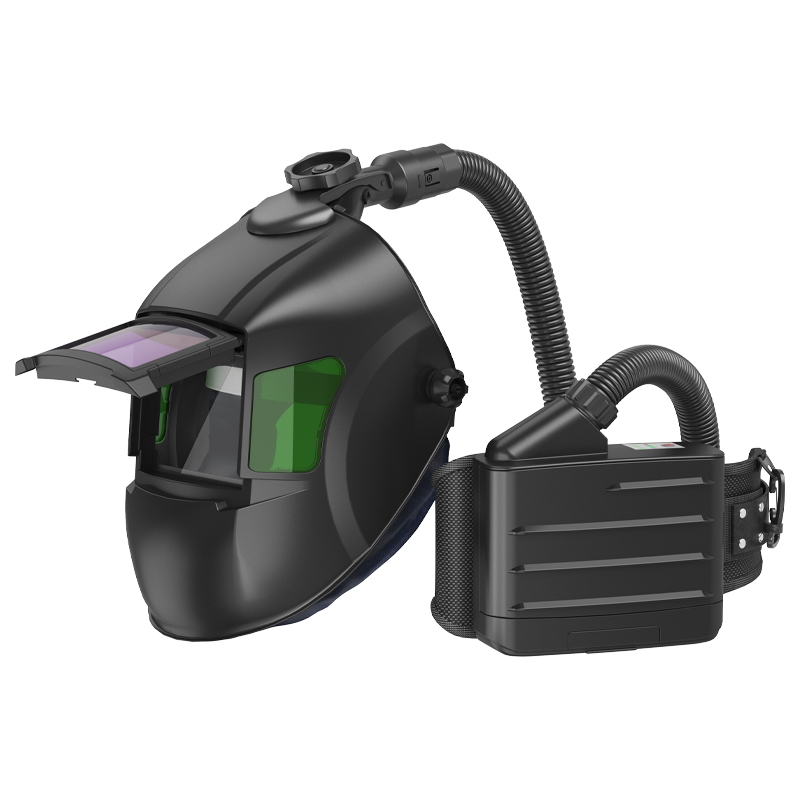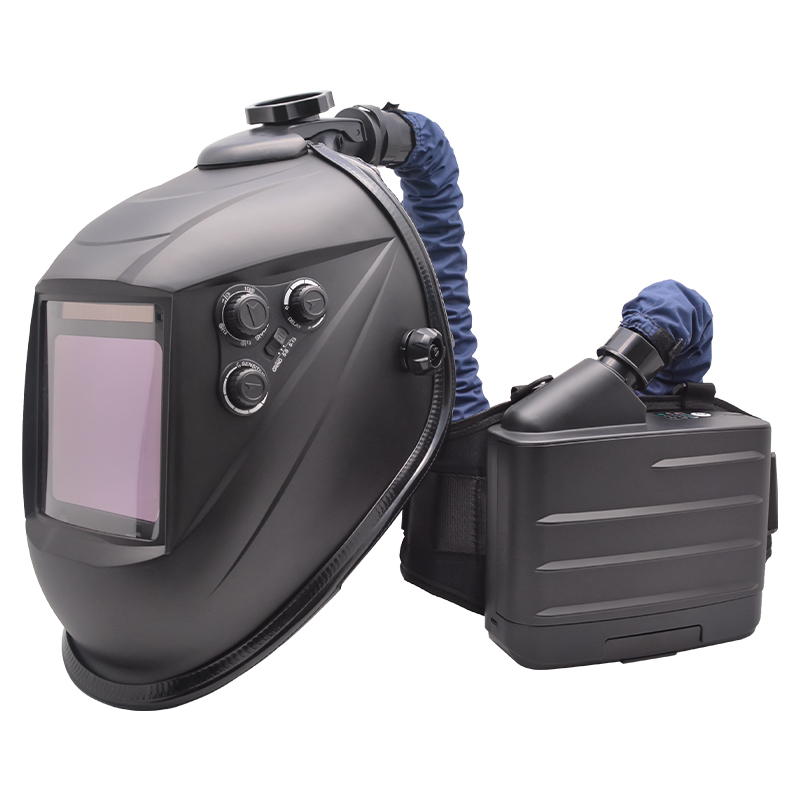Welding exposes workers to hidden risks—metal fumes, toxic gases (like ozone), and UV radiation— which can cause lung disease, metal fume fever, or even skin damage over time. Regular masks fall short; Powered Air-Purifying Respirators (PAPRs) are game-changers, thanks to their active air supply, high-efficiency filtration, and full-face protection. But papr for welding choice depends on the welding process—here’s how to match them to TIG and MIG.

TIG Welding: Precision Needs "Targeted Protection"
TIG (Tungsten Inert Gas Welding) is ideal for precise work (e.g., stainless steel pipes) but creates unique hazards: argon gas reacts with the arc to form ozone, and worn tungsten electrodes release lung-damaging tungsten dust. Since TIG welders work close to the arc, PAPRs must be lightweight and non-intrusive. Opt for head-mounted PAPRs (under 500g) with flip-up, anti-fog/anti-scratch face shields—they shield eyes from UV rays while delivering filtered air directly to the breathing zone. In enclosed spaces (e.g., pipe interiors), PAPRs also reduce local ozone buildup.

MIG Welding: Efficiency Needs "High-Capacity Protection"
MIG (Metal Inert Gas Welding) is fast (used for car bodies or appliances) but generates 2–3x more metal fumes (iron oxide, manganese) than TIG. Continuous welding and hot spatter add more challenges. For MIG, choose PAPRs with:
- High airflow (≥170 L/min) to prevent stuffiness during long shifts;
- HEPA 13 filters (traps 99.97% of 0.3μm fumes);
- Spatter-resistant face shields (silicone-coated to block molten droplets).
Fixed PAPRs (host mounted nearby, connected via hoses) work best for assembly lines—they cut weight on the welder and support 8-hour shifts without filter changes.Next up: MAG welding (the "toughest" process) and welding air respirator maintenance tips to keep your gear effective.If you want know more, please click www.newairsafety.com.